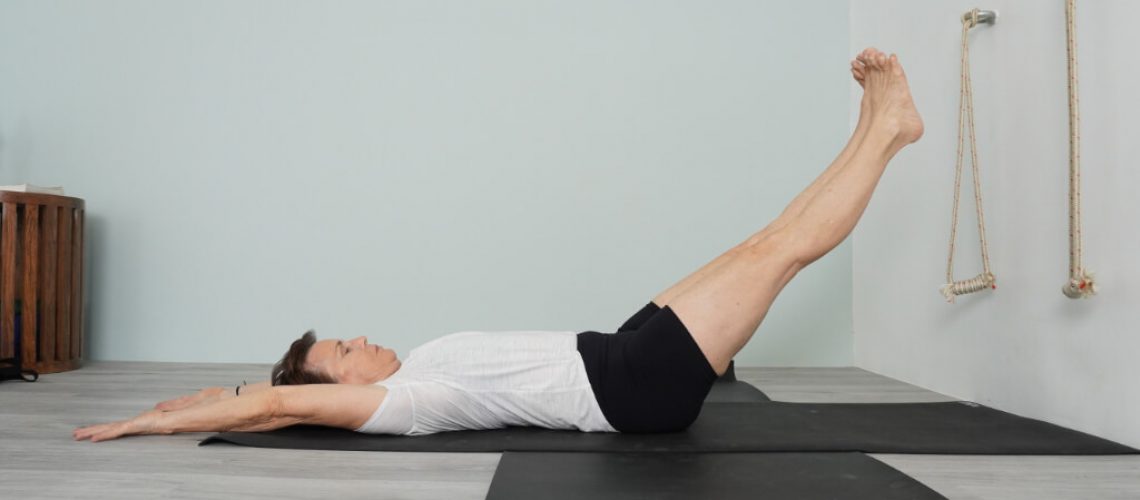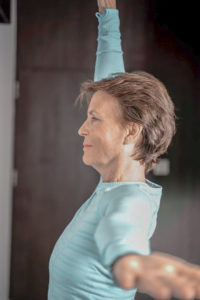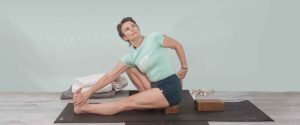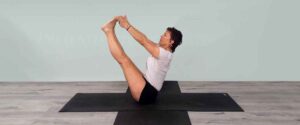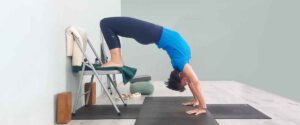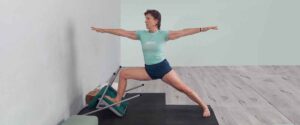Our Abdominals assist in lifting up against the pull of gravity guiding us to stand up tall and perform basic functions in our daily life.
The abdominals are intrinsically linked with breathing. They house the organs that are directly linked to digestion and procreation.
There are four main muscles that hold the abdominals in place: Show
- Rectus abdominis.
- External Obliques
- Internal Obliques
- Transverse Abdominals
Below are 3 interesting facts about our abdominal muscles –
- The “6 pack” : The Abdominal organs are held in place by creating a strong anterior wall. These surface muscles, often referred to as a “6 pack”, connect the ribs and the pelvis to stabilize, aid in flexing the spinal column, and tense and compress the abdominal wall when necessary.
- Everyday Tasks: They also assist in forced inhalation/exhalation, coughing, urinating, vomiting, giving birth, running, and high-intensity sports. Normally we have a quiet unassisted breath, but for many actions, a toned core is vital for healthy functioning.
- Spinal Stabilization: The abdominals stabilize the spine during all movements, all! -We learn to develop these muscles from an early age. Babies begin to integrate and strengthen these as they crawl, roll over and walk. As we age, this relationship to our core muscles must be maintained. Due to many factors, we lose the intelligent connection, the awareness needed for abdominal movement, strength, and support.
This means the abdominals contract whenever you use the arms and legs which is all the time!
East vs West. Something to think about….
In the East, this area is known as a center of power, in the west an area of strength. Think of a bamboo tree that is able to stand and be blown by strong winds. If it were tight with no flexibility it would snap. Because it is flexible, it is strong yet malleable.
Lately, the west is catching up with deeper ideas and functions of the belly. A place of intuition – gut feeling, solar-plexus, and even is even referred to as the second brain.
Pranayama – a centuries-old practice, is learned in order to control and direct the breath, distributing the internal energy in order to create more.
In eastern medicine, this is known as prana – the energy which permeates the entire body. The Apana, lower belly (related to female energy) controls the functions of the body, specifically the bladder kidneys, genitals, colon, and rectum.
In Iyengar yoga, we stress that learning standing poses and inversions is vital in order to systematically strengthen and tone this area, so as not to overdue before your body has developed and integrated the smaller muscles needed for balanced use. If the abdominals are un-toned and exerted, then problems are invited such as hiatus, umbilical/inguinal hernia, menstrual disorders, enlarged prostate, back problems, and more.
So, let’s get those abs working!
This sequence includes:
Supta Tadasana ( Reclining Mountain Pose )
Supta Padangusthasana I ( Hand to Big Toe Pose )
Supta Padangusthasana II ( Hand to Big Toe Pose )
Urdhva Prasarita Padasana ( Upward Extended Feet Pose )
Jathara Parivartanasana ( Spinal Twist Pose )
Bharadvajasana ( Torso Twist Pose )
Parighasana ( Gate Pose )
Paripurna Navasana ( Boat Pose )
Adho Mukha Svanasana ( Downward Dog Pose )
Adho Mukha Virasana ( Downward Facing Hero Pose )
Cross Bolster Inversion
Viparita Karani ( Legs up the Wall Pose )
Supta Baddhakonasana ( Reclining Bound Angle Pose )
Savasana ( Corpse Pose )

